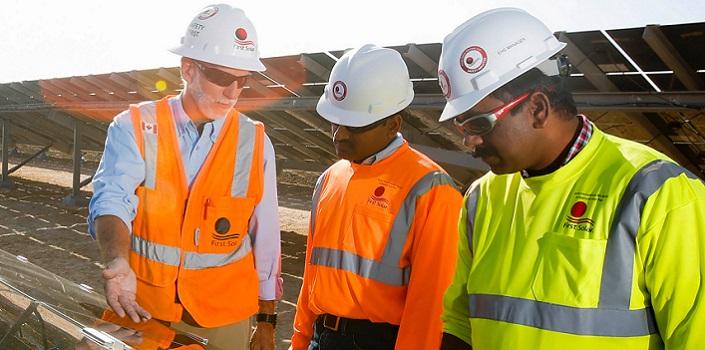Turkey's solar market has started 'teething'
youris.com EEIG

Although in its infancy, solar energy generation in Turkey has a promising outlook
Turkey has started considering its own sources to generate electricity as a way to make it less dependent on fossil fuels, which account for 90% of the country’s current energy supply.
Located in the Mediterranean sun-belt, the country offers perfect natural conditions for solar power plants. The average sunlight time is very high – 2640 hours per year which represents an average amount of energy harnessed of 1500 kw h/m2.
These favourable conditions have led foreign companies to invest in Turkey. One of them is the Australian renewable energy group, Dyesol, which will open a manufacturing plant for innovative solar cells. It draws on the findings of world-renowned chemist Michael Grätzel, from the Swiss Federal Institute of Technology, in Lausanne. He devised a cell in which the perovskites, a type of mineral, were infused, the result being that cells become more stable and cheaper to manufacture.
But Turkey still faces some challenges, as stated in the report “Renewable Energy Market on Medium-Term”, released in 2015 by the International Energy Agency. It refers to the high licencing and connection fees for renewables projects, to the uncertain regulatory contextsfor distributed projects and also to the high financing cost due to risks related to exchange rate fluctuations.
Currently, solar energy is less developed than hydro, wind and geothermal energy.
“Solar energy has lower capacity than other renewable resources and it is not considered a priority in the country. The sector is notably decentralised, consisting of many individual installations such as rooftop photovoltaic panels, but overall capacity isn’t that great once added up.” explains Danièle Scalisi, advisor on sustainable development at the French Embassy in Turkey.
The political will exists to make things happen. "There are some binding regulations, such as financial support for some installations or licence exemptions in some cases. However, these aren’t specific to solar energy”, notes Scalisi. She adds that Turkey has sufficient capital to invest in the necessary technology to capture solar energy, but this requires time.
Nevertheless, experts see the solar photovoltaic market as being driven by a first mover advantage strategy.
“Solar energy is cost competitive, efficient and reliable enough to add considerable value to the country’s power generation portfolio,” considers Karim Asali, Technical Director for Europe at First Solar, a global provider of photovoltaic solar energy.
He sees Turkey as a sustainable market, which has already ramped up its solar energy programme. He believes that the country has the required grid infrastructure to support the utility-scale adoption of solar energy.
The company has developed high-performance, thin film modules with low temperature coefficients in order to generate electricity. This allows them to achieve up to a 4% higher yield than conventional PV technologies.
Other solutions created to take advantages of Turkey’s natural climate are the special light-weight Parabolic Trough Collectors, developed by another international group, Solitem, based in Aachen, Germany. Their high temperature solar technologies can be installed on roofs or façades. Cooling, heating, steam generation and electricity supply are adapted to specific conditions given from the users and the buildings.
For less sunny periods, each application has its own storage capacity, which depends on the size of the collector and the consumer’s behaviour. “We can store hot water at 200oC for several hours or days.”, explains Ahmet Lokurlu, CEO of the company. The integration of this technology into the buildings is being tested under the European R2CITIES project, whose aim is to develop strategies for designing nearly zero energy cities.
Solar thermal solutions help reduce energy consumption and greenhouse gas emissions. However, " unrealistically, customers expect a return on investment after one or two years. In Germany for instance the payback period is under 10 years and customers are quite willing to accept this”, Lokurlu concludes.
By Sorina Buzatu



